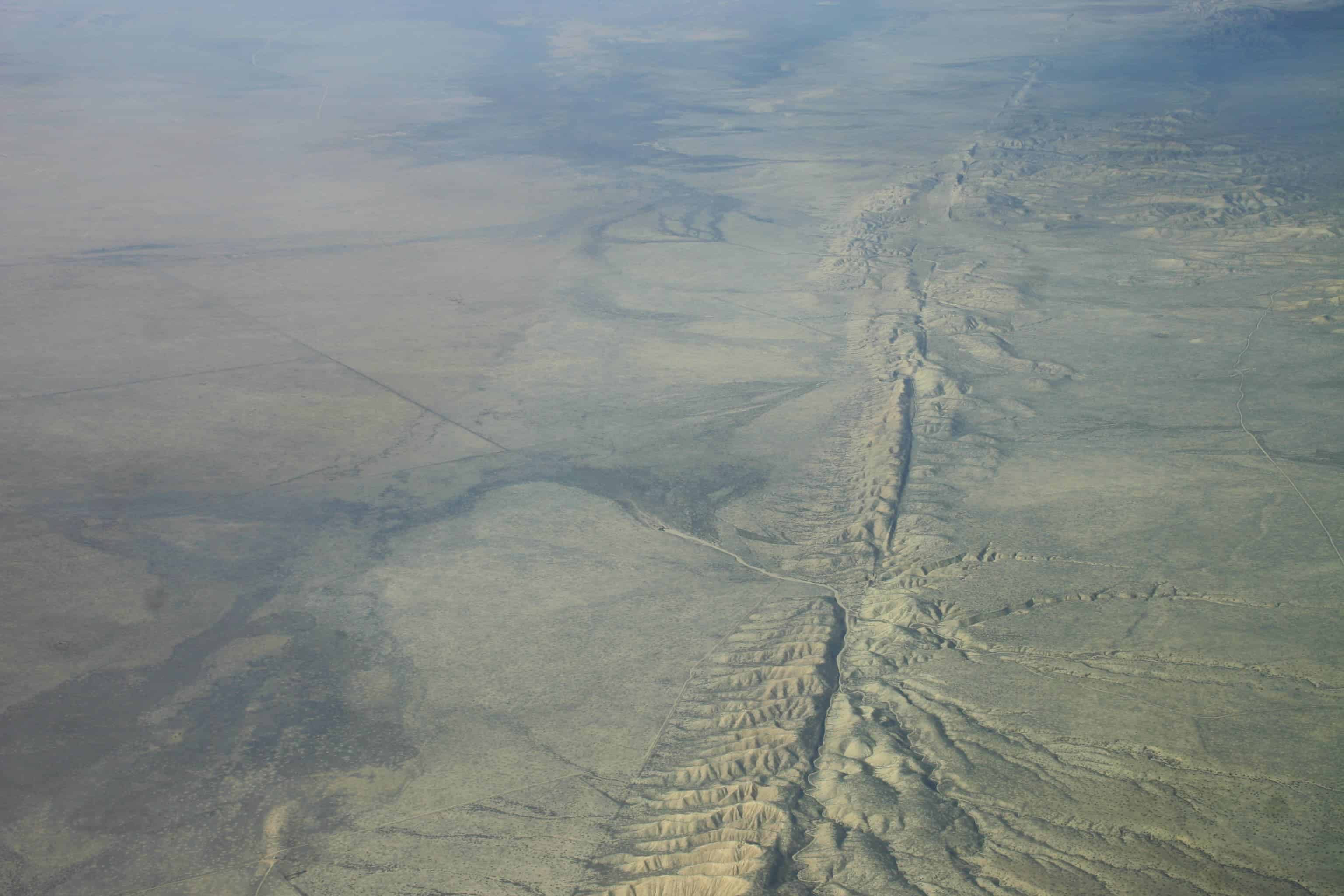The San Andreas fault is way overdue for a major earthquake, one which will threaten millions of people on the US West Coast. But geologists have discovered another, secondary fault in the area, which might solve some of the mysteries we’ve had for so long.
The San Andreas fault
A geologic fault is basically a big crack in the Earth’s crust. In an active fault, like in San Andreas, the edges move alongside the crack, creating earthquakes from time to time. Faults can vary greatly in size, from meters to hundreds of kilometers or even more. The San Andreas fault is huge, extending roughly 800 miles (1,300 km) through California, forming the limit between the Pacific Plate and the North American Plate. Seismologists expect a big earthquake coming soon in the area – the only question is when and where.
“Any time there is significant seismic activity in the vicinity of the San Andreas fault, we seismologists get nervous because we recognize that the probability of having a large earthquake goes up,” said director of the Southern California Earthquake Center Thomas Jordan.
The fault started forming sometime during the Cenozoic, about 30 million years ago. However, the southern part, which is highly active, was formed ‘only’ 5 million years ago. It was first identified in 1895 by Professor Andrew Lawson of UC Berkeley, who charted and studied the entire area.
A second, curious fault
But for all his great effort, Lawson missed something.
The Salton Sea is the largest lake in California, and has a curious history. It was accidentally created between 1905 and 1907. For millions of years, the Colorado River has flowed into the Imperial Valley and deposited soil (creating fertile farmland), building up the terrain and constantly changing the course of the river. In the past few thousands of years, the area was alternatively a freshwater lake, a salty lake, and a dry salt basin. The cycle was occurring every 4-500 years, until 1905, when a local company developed an irrigation system and trapped the water. Without knowing, engineers did a great job at masking the second fault.
In fact, they masked it so well that it took a combination of LiDAR, multi-channel reflection seismology, and ocean-bottom seismometers to “see” it again. Scientists were tipped by a swarm of small earthquakes in September 2016, and when they looked, they found the new fault.
This makes the entire geological situation much more complicated and difficult to understand but in a strange way, it makes things a bit better. It basically alleviates some of the stress from the San Andreas fault, potentially explaining why there’s been no big temblor in the area.
As Nevada State seismologist Graham Kent told ScienceDaily:
“Based on the deformation patterns, this new fault has accommodated some of the strain from the larger San Andreas system, so without having a record of past earthquakes from this new fault, it’s really difficult to determine whether this fault interacts with the southern San Andreas Fault at depth or in time.”
Still, even so, this hasn’t prevented the San Andreas fault from creating a major (magnitude 7) earthquake every 175-200 years for the last thousand years. Basically, it adds a piece of the puzzle – a much more complicated piece of the puzzle.
“We need further studies to better determine the location and character of this fault, as well as the hazard posed by this structure,” says Valerie Sahakian, of the U.S. Geological Survey’s Earthquake Science Center.











